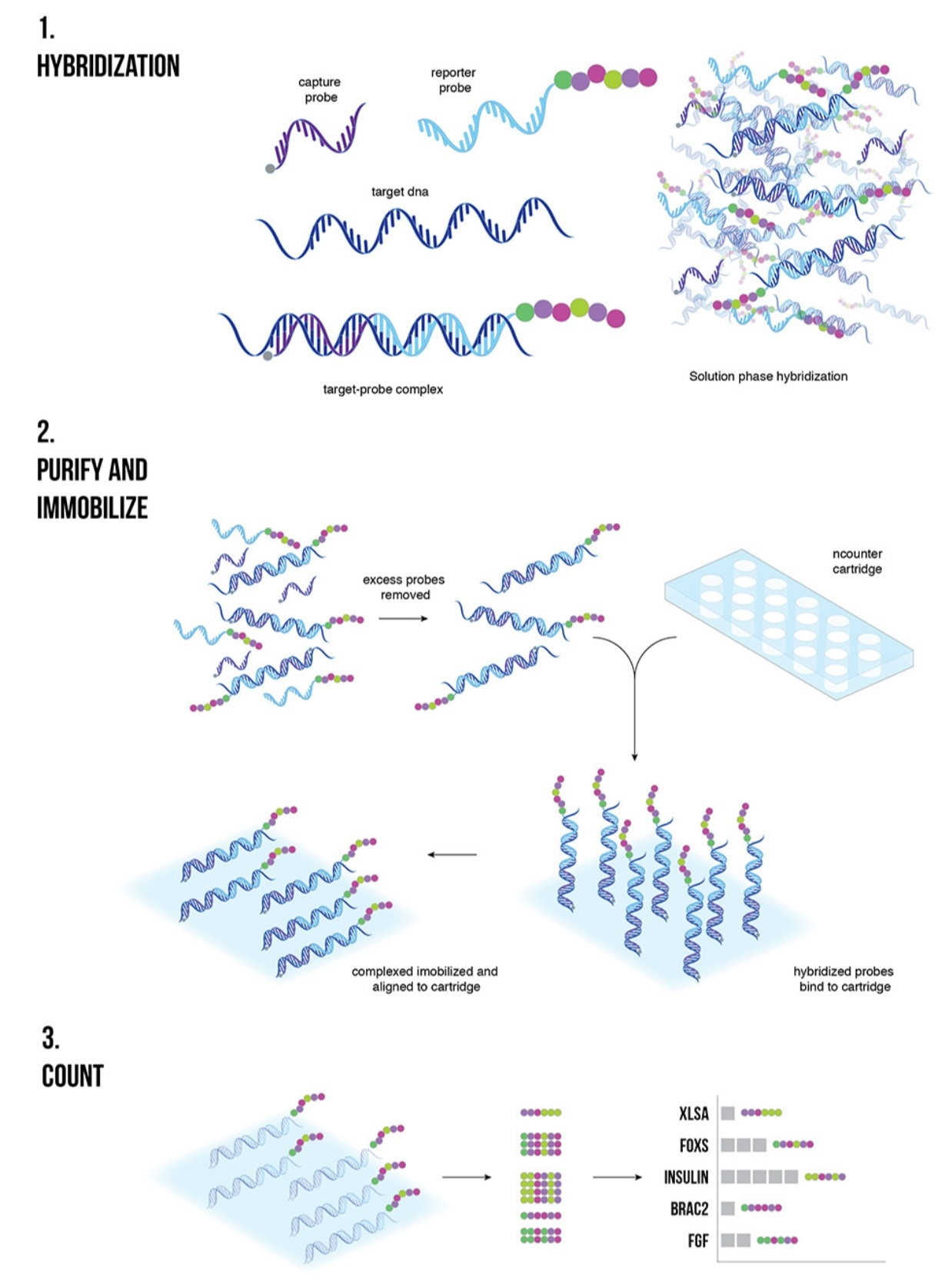An interview with Kevin Gamber, introducing the Neuroscience panel of the NanoString service for gene expression analysis from Canopy Biosciences, conducted at SfN 2018 by Alina Shrourou BSc.
Please give an overview of NanoString service provided by Canopy Biosciences.
At Neuroscience 2018 we showcased our NanoString service. NanoString is a technology that allows you to look at the expression of up to 800 genes in a single sample.
NanoString introduced their nCounter instrument a few years back, and the technology has been revolutionary. However, purchasing an instrument doesn’t make sense for every lab. Our aim is to help provide these researchers access to the technology – we’ve purchased an instrument and provide analysis on the NanoString platform to labs across the world. Our clients send us their samples and we run the analysis and return the data.
What is the relevance of NanoString to Neuroscience research?
There are two really interesting NanoString panels for neuroscience researchers. First is the Neuropathology panel, which consists of 800 genes associated with several neurological conditions, including Alzheimer's disease, Parkinson's disease, and Autism.
The second panel is Neuroinflammation, which combines elements of the Neuropathology panel with immune genes, and enables researchers to look at immune function in the CNS.
How can this technology advance our understanding of the brain?
The technology provides a quick snapshot of what's happening across many different genes and pathways in the brain. By using it, researchers are able to identify dysregulated pathways in neurological diseases or examine the effect of a drug versus control.
At Neuroscience 2018, we were coauthors on a poster where we ran the Neuropathology panel on a rat model of Parkinson's disease. We identified some changes very early in the progression of the disease that are potentially important for the phenotype of this rat model, and may potentially translate to humans as well.

What did you gain from Neuroscience 2018?
Neuroscience 2018 provided a really valuable opportunity for us to educate our customers on the NanoString technology and also learn from them what they are interested in and which problems they face in their research.
About Kevin Gamber
-1.jpg)
Dr. Kevin Gamber joined Canopy Biosciences in 2017 as the Vice President of Marketing. Kevin has over 10 years of experience marketing products and services for biomedical research. Most recently, Kevin was at SAGE Labs (now Horizon Discovery), where he focused on developing and commercializing gene engineering services in cell lines and animal models, with applications in neuroscience, ADME/Tox, immunology, oncology, and cardiovascular disease.
Kevin received his Ph.D. in Pharmacology and Physiology from St. Louis University School of Medicine in Dr. Thomas Westfall’s laboratory, and continued pursuing his interests in the neural control of energy balance as a post-doctoral fellow in Dr. Christian Bjørbæk’s laboratory at Harvard Medical School.